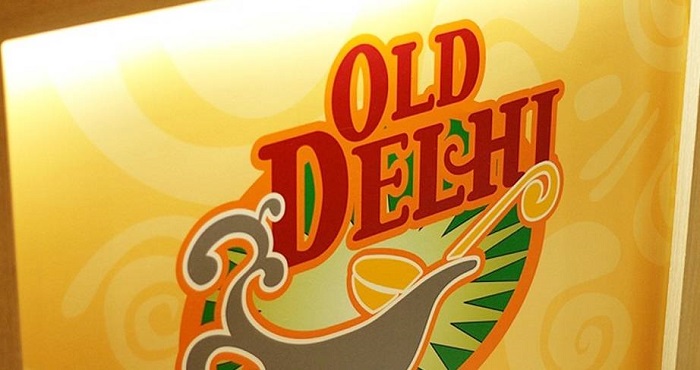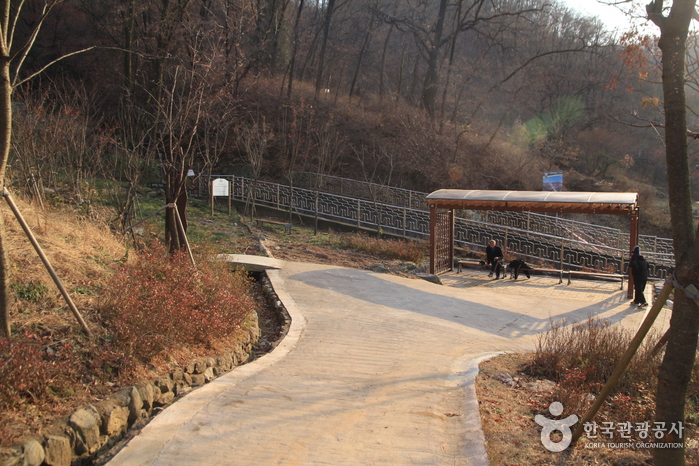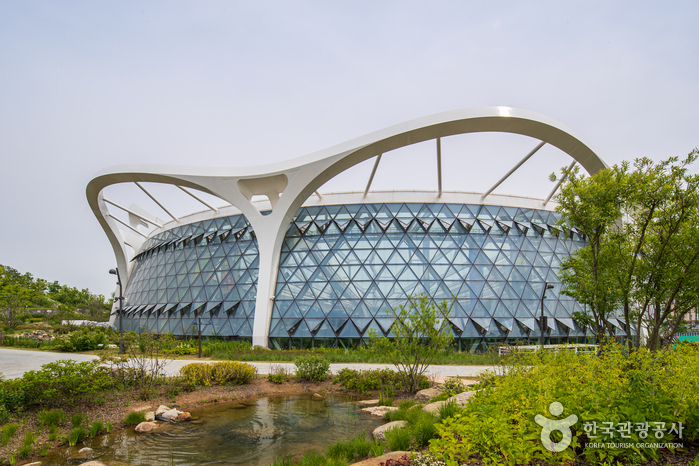Seoul Novos Hospital (서울노보스병원)
12.0Km 2025-07-07
720 Dobong-ro, Dobong-gu, Seoul
Seoul Novos Hospital which is located in Banghak-dong, Dobong-gu, Seoul has convenient transportation network.( 2 minutes from Exit 1 of Line 1 subway station)
we have more than 300 staffs. highly skilled medical professionals, and state-of-the-art equipment (latest MRI, CT). And we provide rehabilitation therapy/inpatient care, dementia & stroke testing, electromyography, electroencephalography, painless sedation endoscopy (upper and lower), ultrasound (abdominal, cardiac), osteoporosis testing, comprehensive blood tests (cancer screening), national health checkups, and personalized comprehensive health checkups.
we aim to be a comfortable and trusted hospital
Olive Young - Balsan Station Branch [Tax Refund Shop] (올리브영 발산역)
12.0Km 2024-04-17
385, Gangseo-ro, Gangseo-gu, Seoul
-
Olive Young - Guro Digital Complex Station Branch [Tax Refund Shop] (올리브영 구로디지털단지역점)
12.0Km 2024-06-27
576, Siheung-daero, Gwanak-gu, Seoul
-
Olive Young - Balsan Branch [Tax Refund Shop] (올리브영 발산)
12.0Km 2024-04-22
360, Gangseo-ro, Gangseo-gu, Seoul
-
OldDelhi (올드델리)
12.1Km 2021-03-29
14, Nohae-ro 85-gil, Nowon-gu, Seoul
+82-2-935-6689
This is a restaurant where you can enjoy traditional Indian curry dishes. This restaurant's signature menu is curry. This Western dishes restaurant is located in Nowon-gu, Seoul.
Seoul Mangusan Mountain (망우산(서울))
12.1Km 2021-02-10
San 69-1, Mangu-dong, Jungnang-gu, Seoul
+82-2-2094-2395
Mangusan Mountain at 281.7 meters above sea level spans across Mangu-dong and Myeonmok-dong of Seoul, and Guri-si of Gyeonggi-do. Located on the mountain is Mangu Cemetery, which was designated as a public cemetery in 1933. Since its designation, many popular people have been buried here including children’s literature author Bang Jeong-hwan (penname: Sopa), independence activists Oh Se-chang and Han Yong-un, and Ji Seok-young who pioneered the use of the smallpox vaccination in Korea and was also a Korean linguist. In addition, tombstones bearing chronological listings of seven popular poets and one educator were installed at the park, making the cemetery a venue for historical education. The park also has Sin Gyeong-jin Sindobi, a cultural asset designated as Seoul Tangible Cultural Property No. 95. It is a monument of Sin Gyeong-jin, an official scholar of the Joseon dynasty.
The park also has a 5.2-kilometer-long circular road named “The Thinking Path”. The name was selected through a public competition held in May 1998. Other facilities include the urban environment and nature observation road, a wooden gazebo, and a mineral spring. Thanks to the well managed trees and clean air, the park is visited by many citizens seeking a place to rest.
Aritaum - Guro Yeonjigonji Branch [Tax Refund Shop] (아리따움 구로연지곤지)
12.1Km 2024-04-18
127, Gurodong-ro 26-gil, Guro-gu, Seoul
-
Davich Optical - Dogok Branch [Tax Refund Shop] (다비치 도곡점)
12.1Km 2024-04-18
1F, 206, Seolleung-ro, Gangnam-gu, Seoul
-
Seoul Botanic Park (서울식물원)
12.1Km 2025-06-18
161 Magokdong-ro, Gangseo-gu, Seoul
The Seoul Botanical Garden was created in Magok, the last remaining development site in Seoul, to introduce native plants and horticulture of 12 different cities from around the world and raise ecological awareness in the city. Seoul Botanic Park integrates a botanical garden and a public park, and the area is the size of 70 soccer fields. It serves as a bridgehead and lifelong education institution with the aim of spreading urban garden culture while staying true to its original role as a plant research conservation institution through expanding endangered wild plant habitats, researching the proliferation of species, and developing varieties. The botanical garden is divided into four spaces: Open Forest, Themed Garden, Lake Garden, and Wetland Garden. The main highlight is the Themed Garden that comprises the Botanic Center, Mogok Cultural Hall, and an outdoor themed garden.

![Olive Young - Balsan Station Branch [Tax Refund Shop] (올리브영 발산역)](http://tong.visitkorea.or.kr/cms/resource/19/2880119_image2_1.jpg)
![Olive Young - Balsan Branch [Tax Refund Shop] (올리브영 발산)](http://tong.visitkorea.or.kr/cms/resource/12/2880112_image2_1.jpg)


![Aritaum - Guro Yeonjigonji Branch [Tax Refund Shop] (아리따움 구로연지곤지)](http://tong.visitkorea.or.kr/cms/resource/24/2880224_image2_1.jpg)
![Davich Optical - Dogok Branch [Tax Refund Shop] (다비치 도곡점)](http://tong.visitkorea.or.kr/cms/resource/56/2890556_image2_1.jpg)

 English
English
 한국어
한국어 日本語
日本語 中文(简体)
中文(简体) Deutsch
Deutsch Français
Français Español
Español Русский
Русский